Anyone who has photographed children knows: kids don’t really do posing. But, as the photographer, it’s your job and your responsibility to deliver lasting, impactful images in which kids look great. More importantly, the goal is to create photographs of kids that are authentic, engage their spirit, and convey their...
Read More
Anyone who has photographed children knows: kids don’t really do posing. But, as the photographer, it’s your job and your responsibility to deliver lasting, impactful images in which kids look great. More importantly, the goal is to create photographs of kids that are authentic, engage their spirit, and convey their unique personalities.
So how do you get beyond the “cheese” smile? How do you harness the wild energy of a kid who won’t stop moving? How do you create energy and dynamism with a kid who just seems…bored and not into it? How do you do all that and achieve a compelling composition with flattering light and the proper exposure?
Tamara Lackey has been photographing children and families for years, and in The Posing Playbook for Photographing Kids, she teaches you her strategies and techniques for successfully posing and photographing children. The book begins with a discussion of “organic posing,” an approach to directing the subject that focuses on making small adjustments that build up to a successful shot. Tamara moves on to the psychology of photographing children, covering how to read your subjects, work with different personality types, and elicit genuine engagement. She also discusses gear, accessories, composition, lighting, and camera settings.
Then, in five chapters that are the real core of the book, Tamara tackles typical shooting scenarios and works through each kind of shoot, explaining what worked, what didn’t, and how each shoot progresses from start to finish. Covering the real-world challenges you’ll face when photographing children, Tamara discusses photographing children in the studio, in urban settings, on commercial and fashion shoots, in outdoor natural settings, and in groups. At the end of each of these chapters, she provides a handy reference guide of poses to fuel and inspire your shoots.
TABLE OF CONTENTS
Introduction
Chapter 1: Organic Posing
Chapter 2: The Psychology Behind Photographing Children
Chapter 3: Gear and Accessories
Chapter 4: Framing, Lighting, and Settings
Chapter 5: What to Keep in Mind When Finalizing a Shot
Chapter 6: In Studio
Chapter 7: Urban Settings
Chapter 8: Commercial and Fashion Shoots
Chapter 9: Outdoor Natural Settings
Chapter 10: Posing Children Together
Read Less

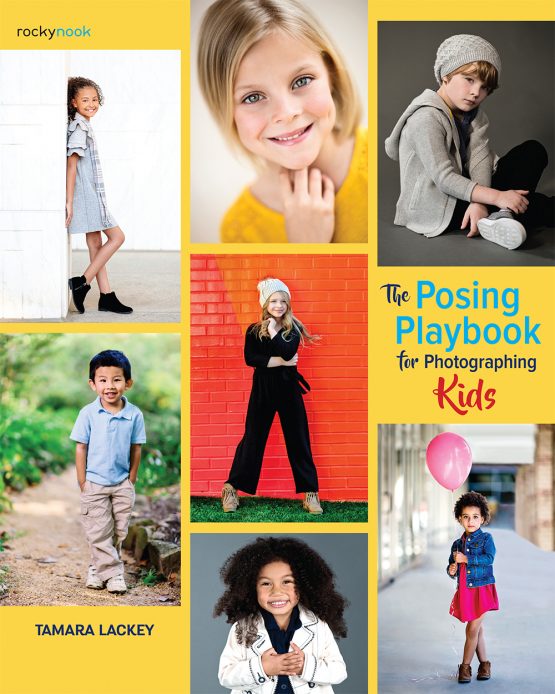
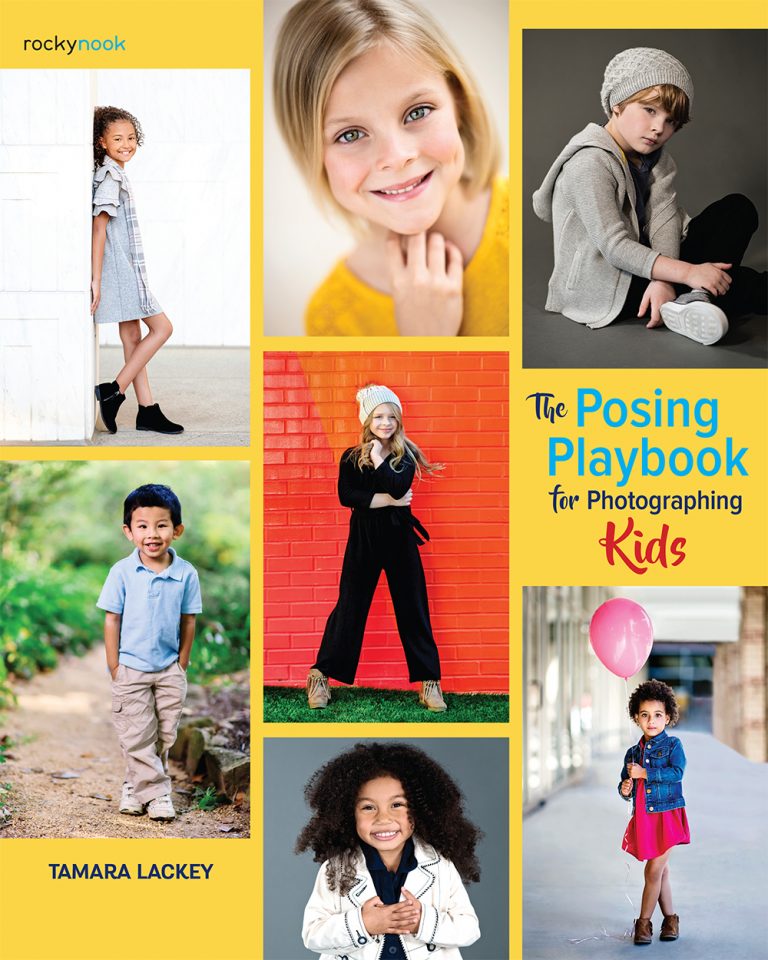
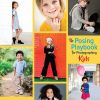


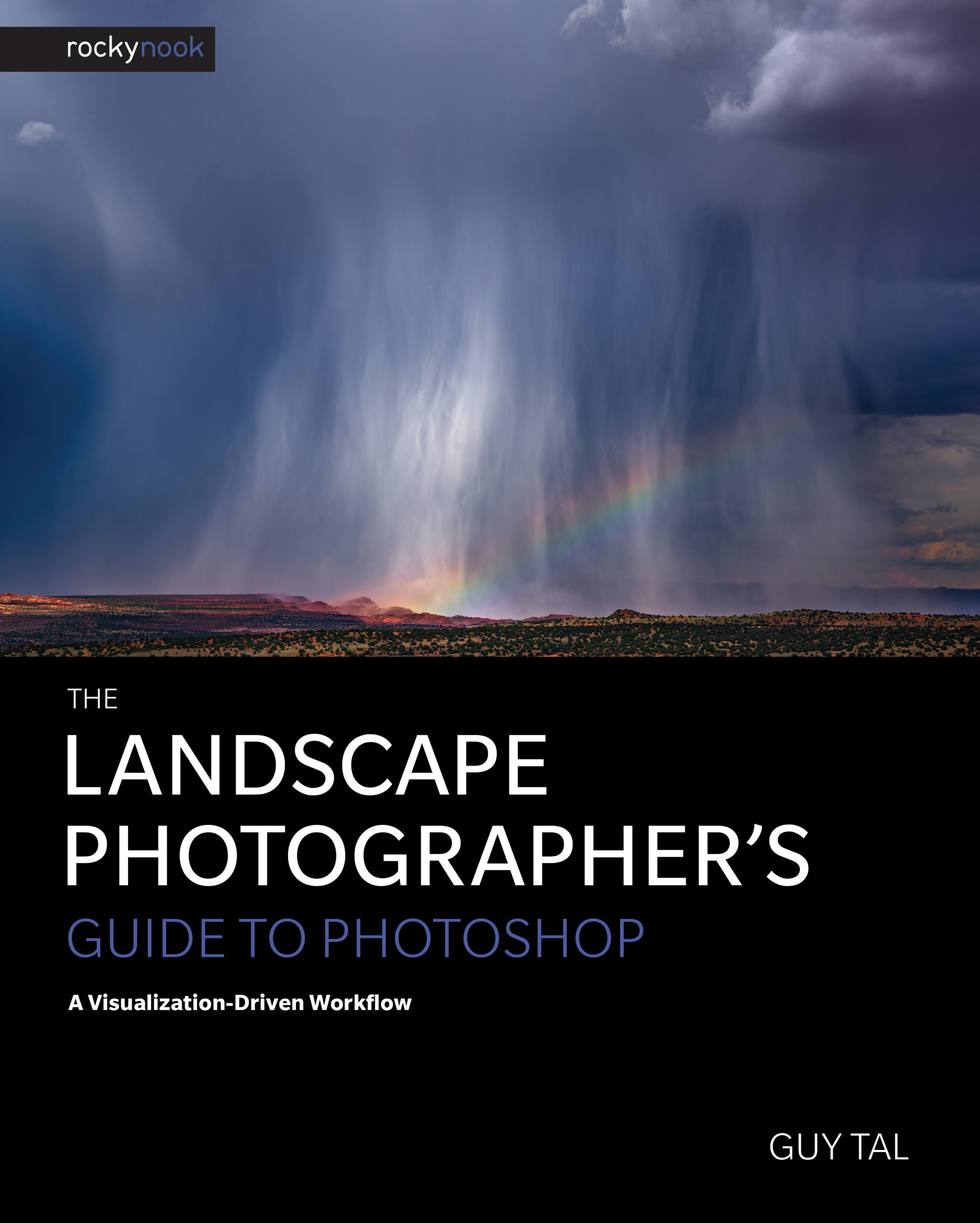
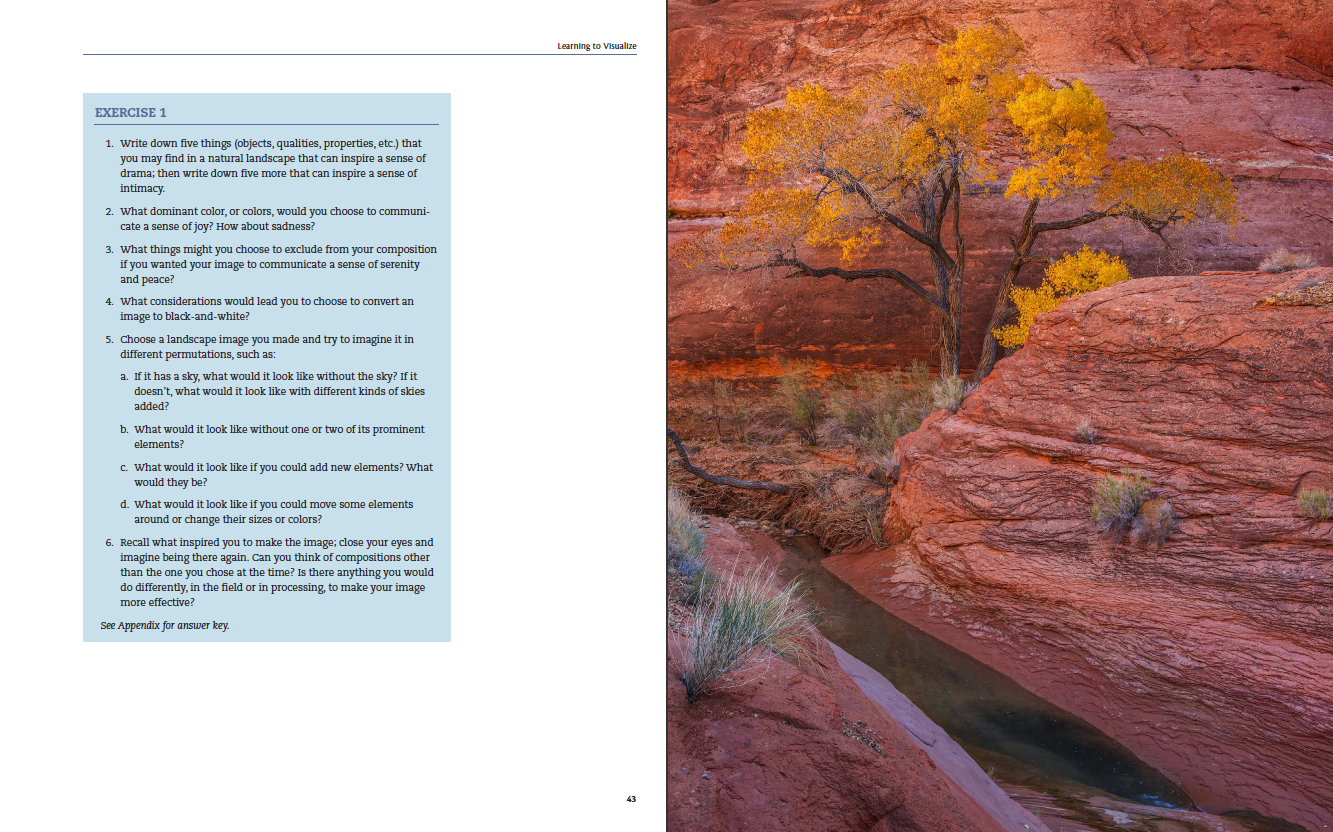
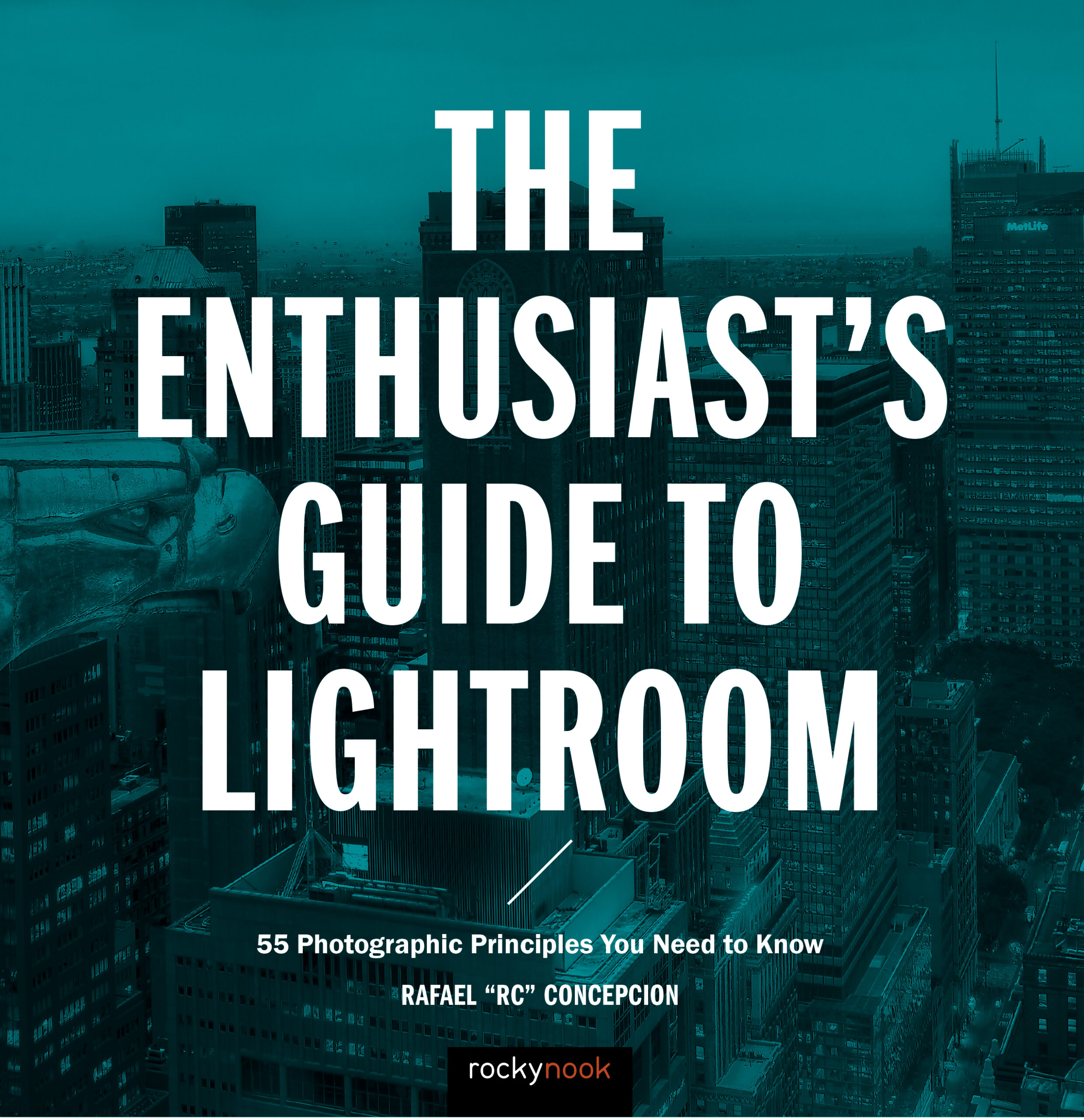
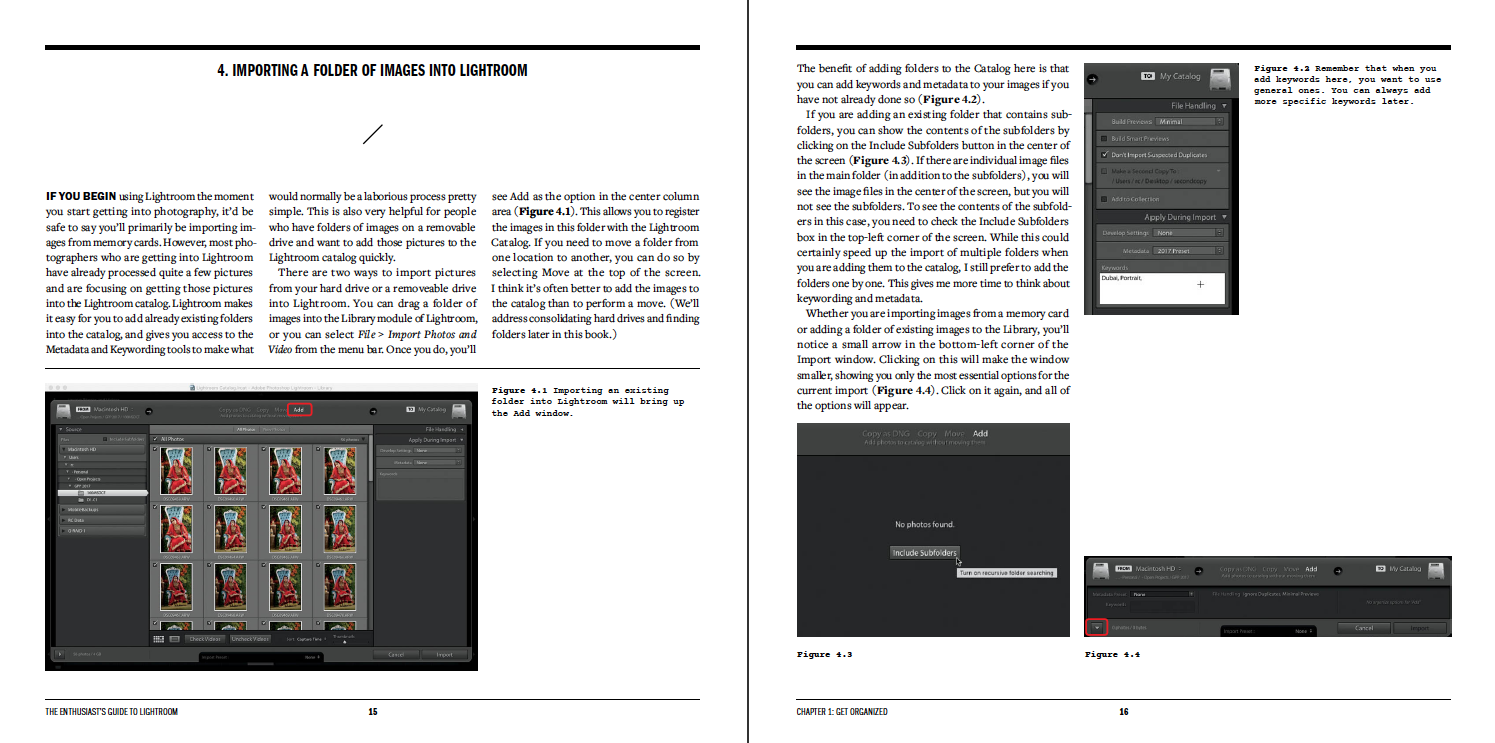

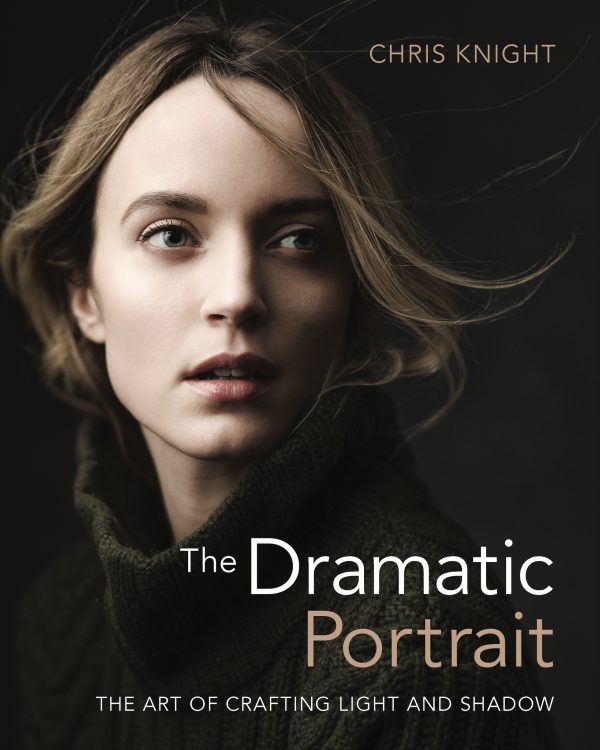
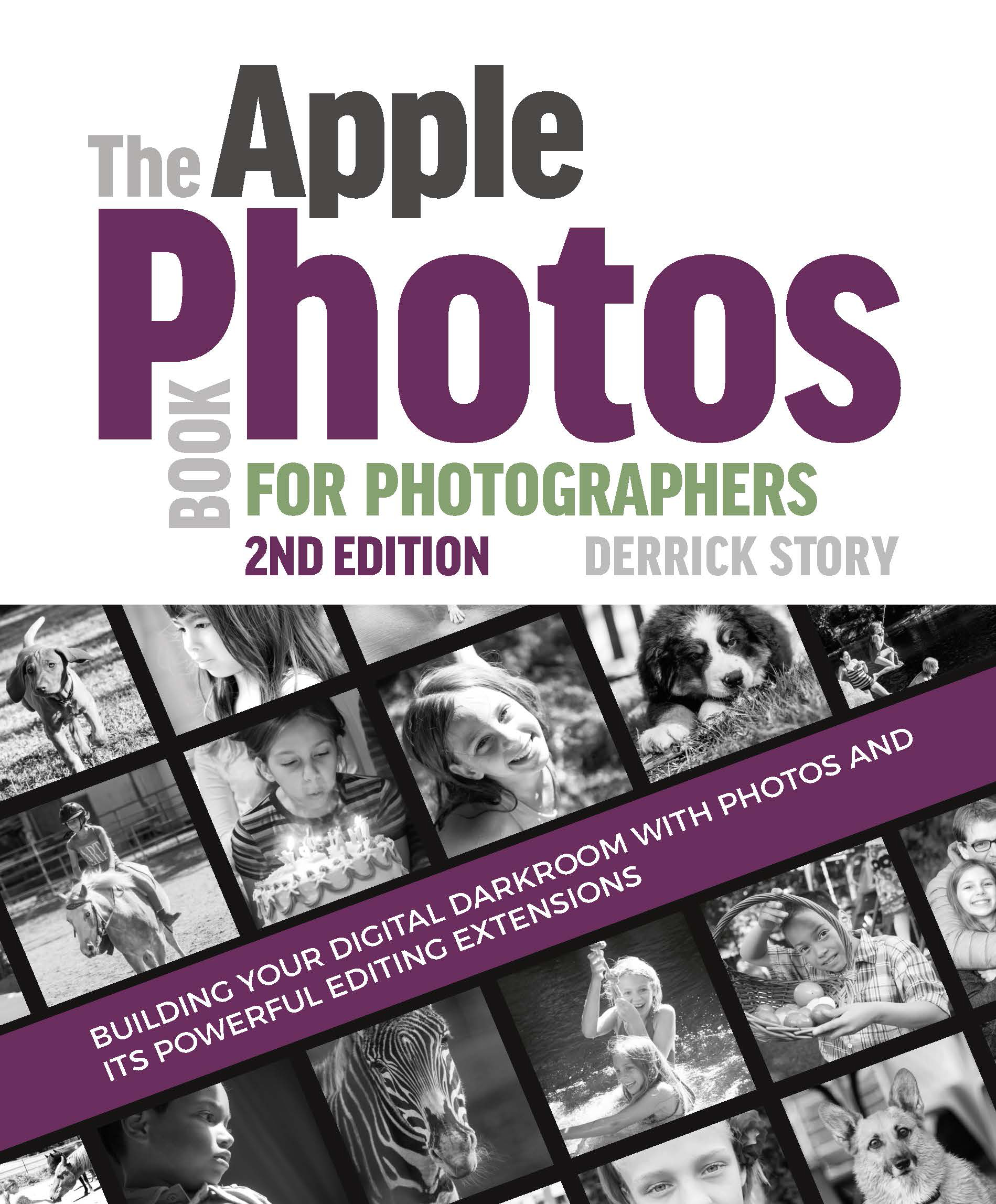

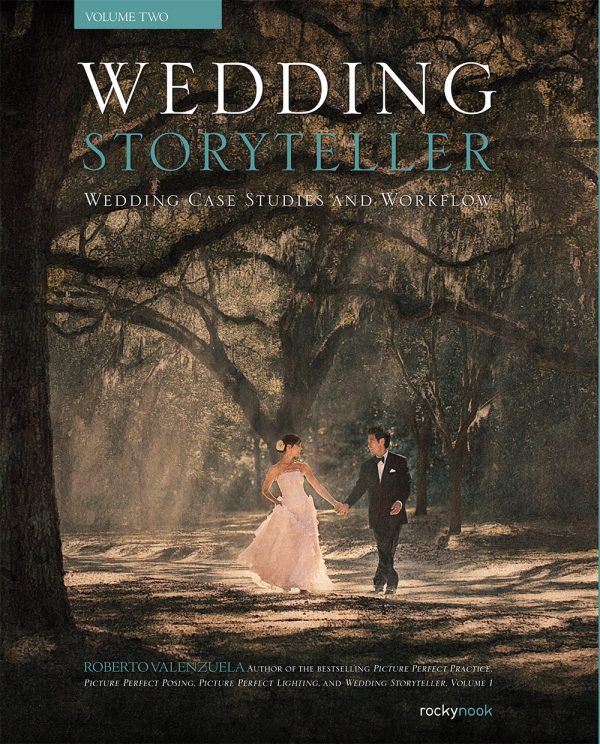
Gloria
The examples of kids’ poses the author uses on the cover of her her book are enough to make you want to read this manual. Her book is easily one of the best I have read on posing people, and I plan to recommend it to all of the parents I know who have young children. And I know this book will be re-read by yours truly more than once!
Lackey’s first chapter, about “organic directive posing“, piqued my interest: what in the world is organic posing? Her definition, which is to pose kids in a fairly traditional way but to engage with the kids lightheartedly, and yet to remain flexible about adjustments the situation calls for. Makes sense to me, since there are often good reasons for traditional techniques, yet leaves room for the kids to be themselves. She also notes that the kids’ expressions are the most important thing to her and I have to agree with her there. Already, in the first few pages, the author has me hooked. She obviously knows what she’s doing, and she has a heart for her models.
In another section, Lackey extols the wonderful nuances contained in human expressions and body language. She compares the majesty of mountains and rivers in landscape photos to the majesty of all the expression human faces are capable of.
Actually, reading this book makes me want to go out and photograph kids right away 🙂 She encourages us to learn to recognize authenticity in expressions so that we catch the real human in the photo.
The author gives us a helpful and well done chapter on what equipment to use, including the all important best portrait lenses. Must say, though, I’m most excited to get back to her philosophy of posing — she’s telling us important stuff. I did appreciate her urging us to use wide angle lens is on families, too. I seldom if ever do that but now will give it a shot.
Lackey talks about using panning techniques to photograph children moving through space. Although I have used panning for my bird photography, I have not thought about using it on children; I will do that as soon as I get the opportunity!
Who doesn’t appreciate lists to carry us through a photo project? Toward the middle of the book, our author gives us a detailed list to have in mind when we go on a shoot. It’s really quite helpful, and I especially enjoyed the admonition to check to see if your subject has zoned out before you take the shot – with kids, an especially good piece of advice and with adults, too! Although Lackey gives us quite good chapters on how to shoot in the studio and commercially, I’m happy to report that she includes how to shoot in urban settings and outdoor nature settings as well. So happy to see this as many books on posing that I have seen talk mostly about the studio. Useful tip: she tells us to take care of minor details before we shoot rather than try to deal with them post-production. For example, make sure the child’s hair is the way you generally want it to be. If it’s too windblown, you may want to ask a parent to smooth it down while still keeping the atmosphere light-hearted. I bet this saves lots of time in Photoshop 🙂
Useful, though seemingly minor tip also is to ask children and adult models to lift and then drop their shoulders. This, because most people raise their shoulders when they’re anxious about having a photograph taken. I had never thought of this and I love this author for all the new insights she gives us in this book. She takes us on several shoots to demonstrate photographing the children in different environments and does not stint on giving us her very best advice. I found these shoot examples, plus the accompanying photos of various options she uses, along with of course the final, best shot, extremely helpful.
At the end of the book is a section on how to photograph groups of children and, since most of my family and friends have more than one child, I find this more useful than I can express. At the end of the book she gives us a gallery of her portraits and wow, talk about motivating…
I absolutely love this book and think it is probably the best book I have read on posing in a long time. My family will love it, too, if I can use her advice to take better photos of my younger relatives. Thank you, Tamara Lackey!
wepsphoto
The Posing Play-book for Photographing Kids is a good book, albeit misnamed. One would think that this is a book about posing children, and while you eventually get there, it’s really a more comprehensive book about child portraiture.
Lackey begins with a bit of a lesson in child psychology, a nice introduction to understanding various personality types and energy levels of children. If you don’t have children, relate to children well or just lack experience, this section can open your eyes with clear explanations and plenty of recommendations.
She then turns her attention to Gear and Accessories- it’s a well-written section that is brand-neutral (always a positive thing) and lists essential gear and why it is important in child portraiture. This is followed by Framing, Lighting and Settings, a chapter that give excellent advice on composition as well as location and studio lighting. It’s a general and very basic introduction of lighting, but illustrated with Profoto gear- some of the most expensive lighting that photographers can buy. If you need the lighting explanations provided in this book- well, suffice it to say you shouldn’t be buying Profoto gear. Lackey would have done far better illustrating and describing the use of lights a beginner would both afford and use. She then provides a brief introduction to using a camera, explaining how to control depth of field, how to choose a shutter speed to freeze motion, what white balance is- in other words, this truly is for beginners.
Lackey’s Step-by-Step Checklist chapter lacks the detail required of the importance that she places on her topics. For example, emphasizes the planning the subject’s clothing before the shoot, warning about the mistake of having the “wrong” clothing and how it can ruin the images. But there’s not a single piece of advice about what the “right” clothing is or how one works with parents to make choices.
Chapter 6- about one thirdof the way through the book, Lackey begins to discuss posing. Here the real value of her experience with child portraiture becomes apparent. This and the four chapters that follow contain multiple “case studies” in photographing children. Posing, lighting, composition and everything else that happens on a shoot are discussed in an assignment-by-assignment manner, with multiple images from throughout the shoots displayed and the final image highlighted. What becomes exceeding clear is that there is no formula for photographing kids (or anyone for that matter)- a good photographer exercises patience and flexibility, understanding the dynamic nature of the shoot and approaching each assignment as a unique challenge and opportunity.
The Posing Play-book for Photographing Kids is an interesting book. The first third is strictly for beginning photographers and the final two-thirds is an excellent introduction to child portraiture. Yes, posing is discussed in the text, but it’s certainly not the subject of the book. If you’re looking to focus on the issue of posing, Rocky Nook’s The Photographer’s Guide to Posing or Pose! are far better choices. But if you’re a novice seeking to get better images of your kids, and perhaps branching out to offering your services to others, The Posing Play-book for Photographing Kids is an excellent choice.